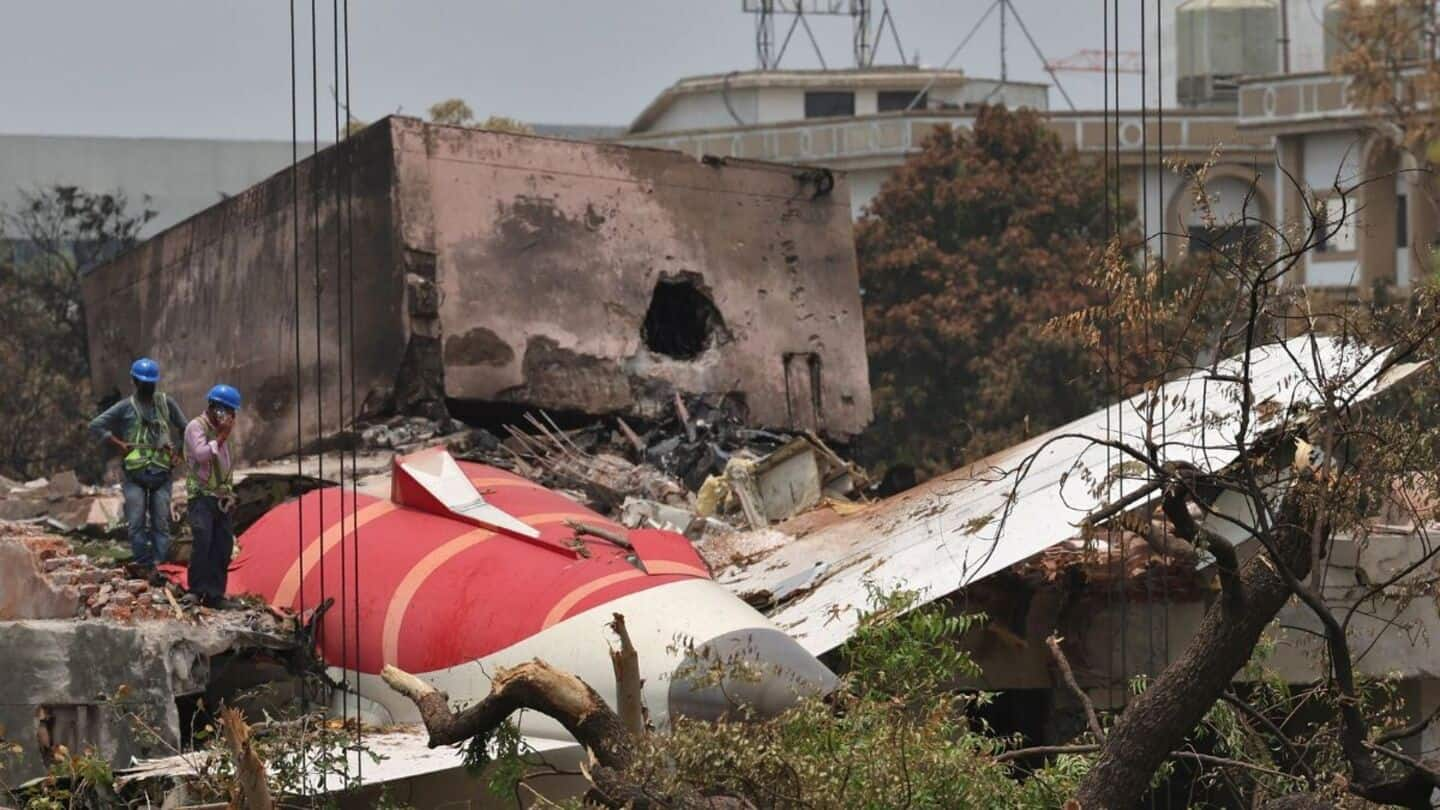
Air India simulation shows 'flight settings' didn't cause crash—what did?
What's the story
A simulation of the Air India flight AI 171 crash has ruled out flight conditions as the cause of the accident. According to Bloomberg, the simulation, conducted by Air India's pilots, found that final flight conditions—such as landing gear deployed and wing flaps retracted—did not lead to the crash. Instead, dual engine failure is now suspected to be the cause of this tragic incident.
Investigation progress
Simulation conducted independently of official probe
The simulation was carried out independently of the official probe by the Aircraft Accident Investigation Bureau (AAIB) of India. It aimed to recreate various flight scenarios to determine if any technical faults could have led to the crash. Video footage from the crash site showed that the aircraft failed to gain altitude after takeoff, eventually crashing into BJ Medical College near Ahmedabad airport.
Technical failure
Emergency-power turbine deployed seconds before impact
The simulation also revealed that an emergency-power turbine was deployed seconds before impact, strengthening suspicions of a systems failure. Investigators are now trying to determine if both engines failed simultaneously and why. Investigators observed that the aircraft's landing gear had partially tilted forward, indicating crew-initiated retraction but malfunctioned due to possible hydraulic or electrical failure.
Distress signal
Narrow window between distress call and crash
The Bloomberg report, quoting sources, said that there was a narrow window of just 15 seconds between the crew's Mayday distress signal and the crash. Before the collision, the RAT (ram air turbine), a small emergency fan that deploys when power is lost, was activated. While RAT is vital for powering crucial systems in flight emergencies, it cannot provide thrust or sustain flight. Experts found that wing flaps and slats were deployed correctly, indicating standard procedures were followed during takeoff.
Ongoing probe
Probe assisted by Boeing, NTSB
Data retrieved from the plane's black box is currently being analyzed, with teams from Boeing and the United States National Transportation Safety Board assisting with the AAIB-led probe. The Air India flight, AI-171, crashed shortly after takeoff, killing 241 out of 242 people on board. It was the first fatal accident involving a Boeing 787-8 Dreamliner. In an interview last month, Air India Chairman N Chandrasekaran said that the Dreamliner involved in the recent crash had no prior red flags.